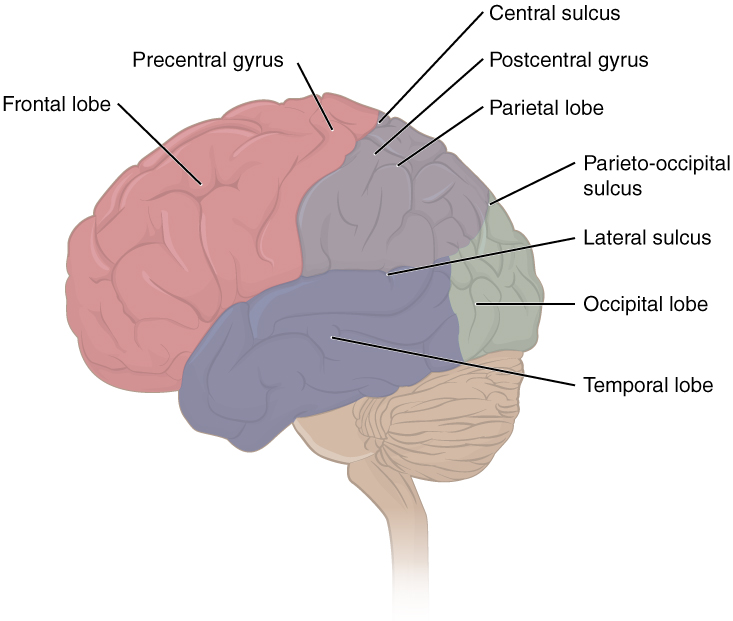
Refining wheat creates fluffy flour that makes light, airy breads and pastries, but the process strips away more than half of wheat’s B vitamins, 90 percent of the vitamin E, and virtually all of the fiber. The resulting highly processed grains are much lower in nutritional quality. The germ is removed because of its fat content, which can limit the shelf life of processed wheat products. Without the fibrous bran, the grain is easier to chew. Milling strips away the bran and germ and leaves only the soft, easy-to-digest endosperm. The invention of industrialized roller mills in the late 19th century changed the way we process grains.

Bran and fiber slow the breakdown of starch into glucose-thus maintaining a steady blood sugar rather than causing sharp spikes.These components have various effects on our bodies: The endosperm is the interior layer that holds carbohydrates, protein, and small amounts of some B vitamins and minerals. The germ is the core of the seed where growth occurs it is rich in healthy fats, vitamin E, B vitamins, phytochemicals, and antioxidants. Phytochemicals are natural chemical compounds in plants that have been researched for their role in disease prevention. The bran is the fiber-rich outer layer that supplies B vitamins, iron, copper, zinc, magnesium, antioxidants, and phytochemicals. Each section houses health-promoting nutrients.

Whole grains offer a “complete package” of health benefits, unlike refined grains, which are stripped of valuable nutrients in the refining process.Īll whole grain kernels contain three parts: the bran, germ, and endosperm. Choose whole grains instead of refined grains.


 0 kommentar(er)
0 kommentar(er)
